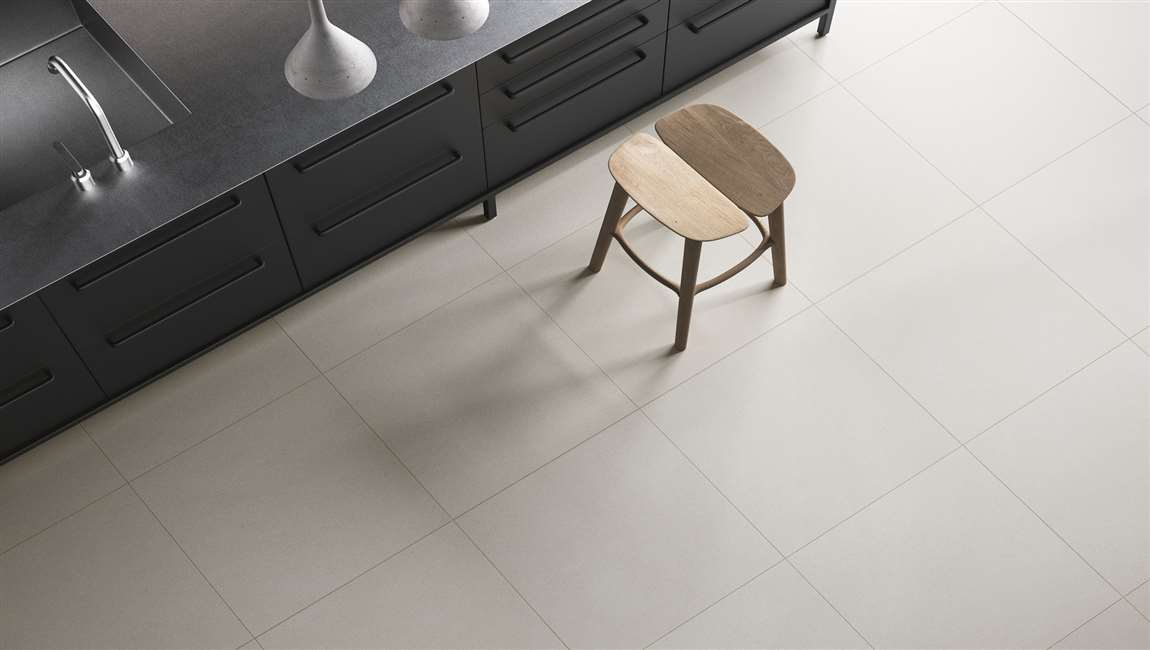How Deep Cleaning Techniques?
Mop the floor with warm water and a vinegar solution. Mix 1/2 cup vinegar with a gallon of water and proceed to mop as usual. If the floor still doesn’t look as clean as you would like, mop the floor again using fresh water and detergent.





